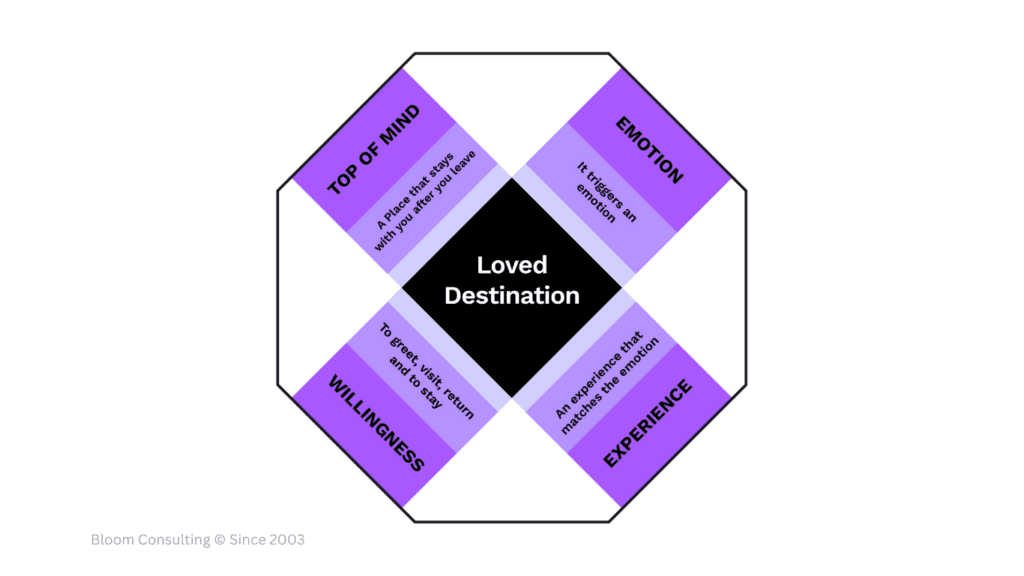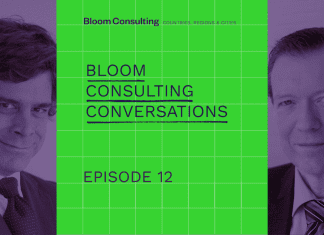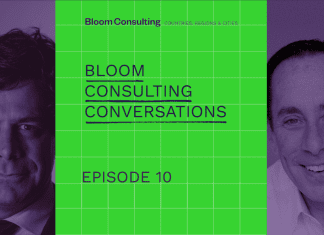Tourists stay home?
Since the COVID years, many commentators have prophesied a new era of “alternative tourism” for the post-pandemic world, and tourism-bashing has become a fashionable trend! Overtourism, flight-shaming, tourismophobia, and demarketing have not taken a break from editorials and social media debates. At the heart of these critiques lies a historical truth: the tourism industry has often been subject to class disdain, with many opinion leaders viewing mass tourism with a critical eye. They see it as a disruption to their aristocratic vision of travel, one that should be reserved for a privileged few, supposedly behaving more virtuously. To them, tourism—focused on leisure and enjoyment—is perceived as frivolous, destructive, and negligent in the face of pressing environmental and climate challenges.
Keep calm and be a good tourist!
While tourism is often an easy target, it should not be scapegoated for all the world’s problems. What would Versailles, Machu Picchu, Angkor, or Venice be without (mass) tourism? Likely ruins, lost to humanity forever! Thanks to tourism, sites like Madā’īn Ṣāliḥ in Al-‘Ula, Saudi Arabia, are being uncovered and appreciated anew. What about the forests of Costa Rica, the gorillas of Rwanda, or the Komodo dragons? These are species and spaces at risk of extinction, which tourism has helped protect by showcasing their beauty and fostering conservation efforts—protecting them from far more destructive forces like deforestation, hunting, urbanization, and climate change.
Today, instead of panicking over overcrowded destinations, we can be reassured that the message has been heard. Tourist pressure is being addressed through regulation and harmonization, because “tourists go home” is not a sustainable solution. With proper management and behavior changes, the wonders of the world will continue to enchant us. They have the right to, as enshrined in the Universal Declaration of Human Rights: Article 13 guarantees the right of everyone “to leave any country, including his own, and to return to his country,” and Article 24 complements it by affirming the right to “rest and leisure… and periodic paid leave.” We align with sociologist Jean Viard’s view: “Tourism is a system of values and actions that allows humanity to develop a collective consciousness to win the battle against climate change,” as well as promote education, culture, openness, prosperity, and peace.
Tourism, revealing territories
So isn’t tourism, more than ever, one of the main vectors of change and re-enchantment of a new world that is being shaped? As such, let’s advocate for responsible tourism development! But first, we need to agree on what “development” means.
Tourism development, and its legitimacy for a country, region, or city, cannot be measured solely by its contribution to GDP or by the number of external visitors, their economic impact, or the jobs created. Nor is it just about improving local quality of life through leisure infrastructure or the protection and enhancement of cultural and natural heritage. More importantly, tourism serves as a powerful pillar of a territory’s “soft power.” It reveals the essence of a place’s identity and dynamism through experience. In turn, a destination’s brand image influences other sectors of the economy, promoting exports, attracting business investment, and encouraging new talent to study, work, or settle in the region.
Towards a harmonization of tourism
Instead of focusing only on development, we should aim for the harmonization of tourism in a territory, balancing the short- and long-term interests of its stakeholders: current and future residents, visitors, cultural and natural resources, and global public opinion, which increasingly views certain destinations as part of the common good—especially when UNESCO gets involved.
A harmonized destination, which we like to call a “Loved Destination,” ensures that a shared tourism strategy aligns with the Central Idea and vision of the territorial brand, developed by and for its residents. This approach is built on four key pillars: willingness, emotion, experience, and top-of-mind recognition. These are crucial to fostering a holistic interaction between residents and visitors before, during, and after their stay.

First comes the willingness—of residents to welcome visitors (or not), and of external audiences to visit, return, or stay. Then follows the emotion sparked by the encounter between the values embodied by the territorial brand and the visitor’s internalized imagination. This emotion becomes reality when tourist experiences align with the destination’s identity and the expectations of visitors. When this harmony is achieved, the destination gains “top-of-mind” status, becoming a place that leaves a lasting impression on visitors long after they return home. Ultimately, a “Loved Destination” balances sustainability, openness, and awareness to ensure that tourism develops harmoniously alongside other economic sectors.
At Bloom Consulting, we believe sustainable tourism development is a project of harmonization—between the current and future assets of a territory and its residents, whether permanent or temporary. It’s about reconciling tourism—one of the world’s most beautiful industries—with its critics.
Published on 08.10.2024.








